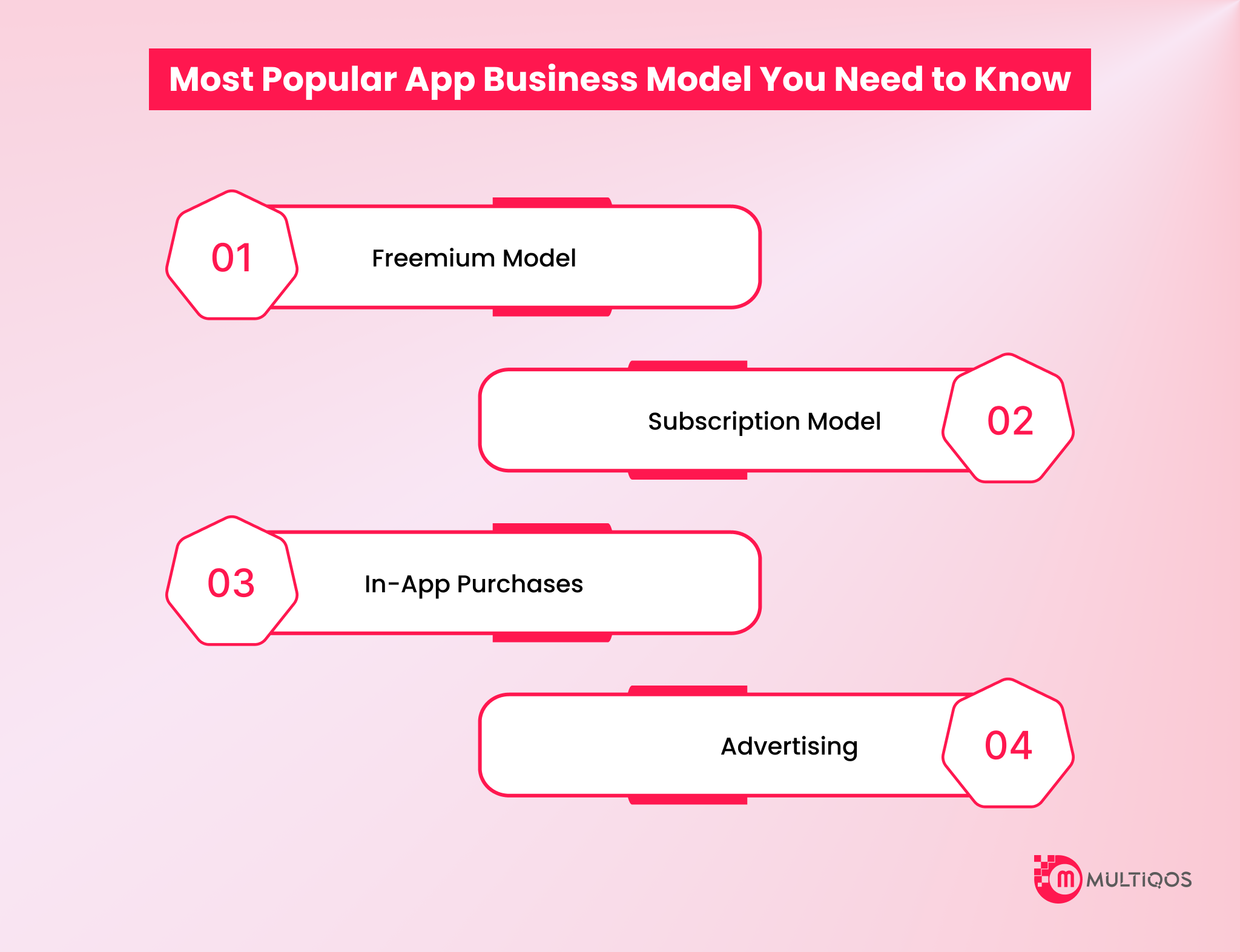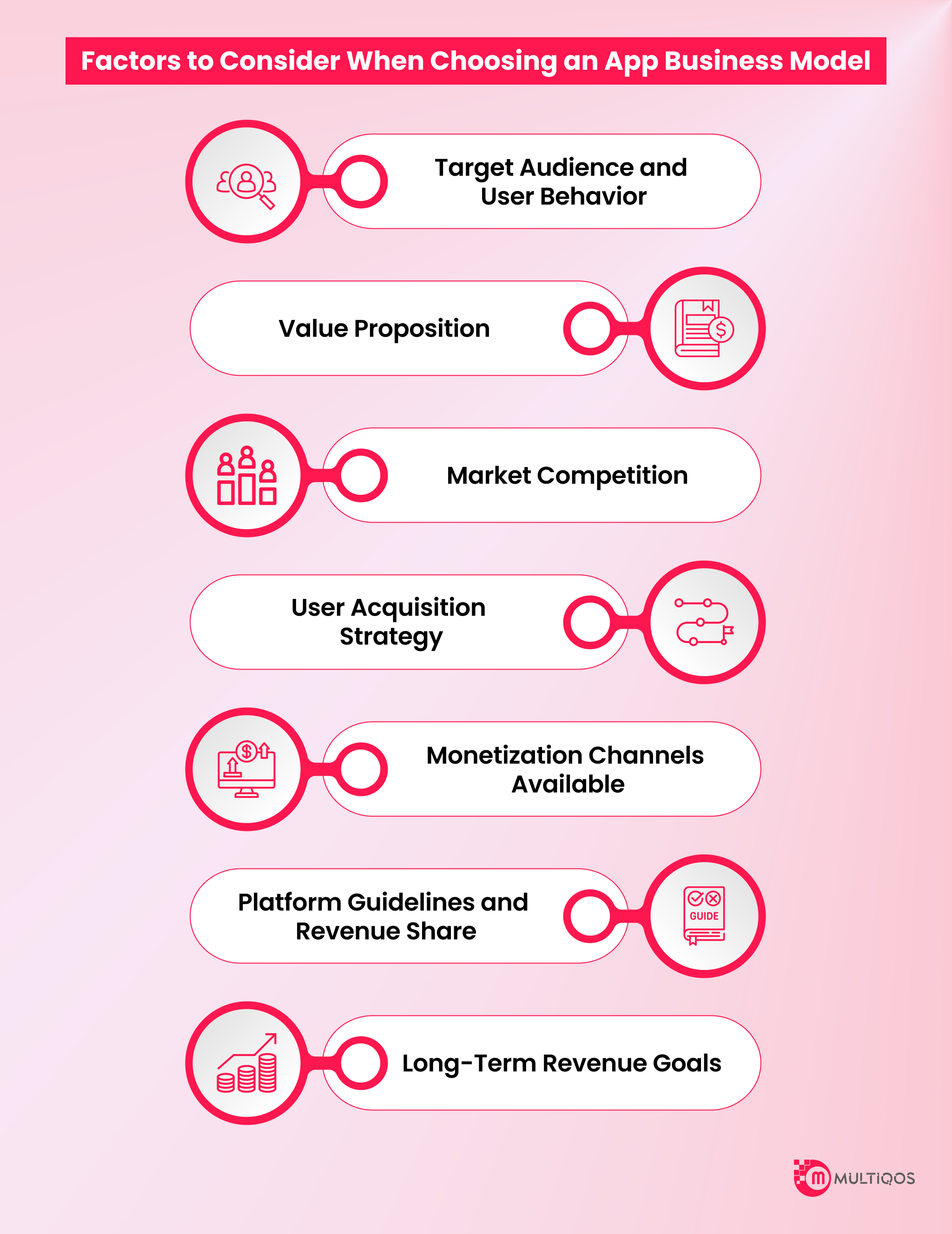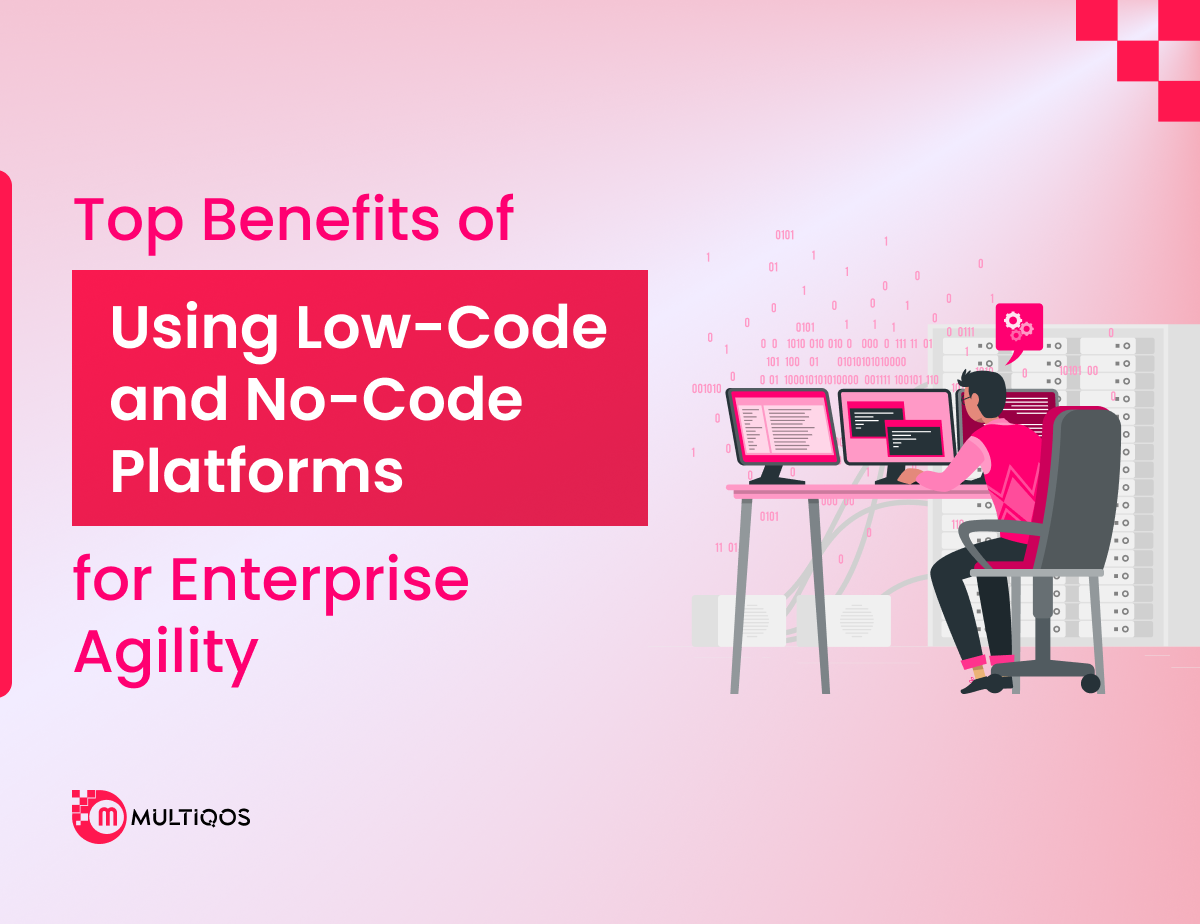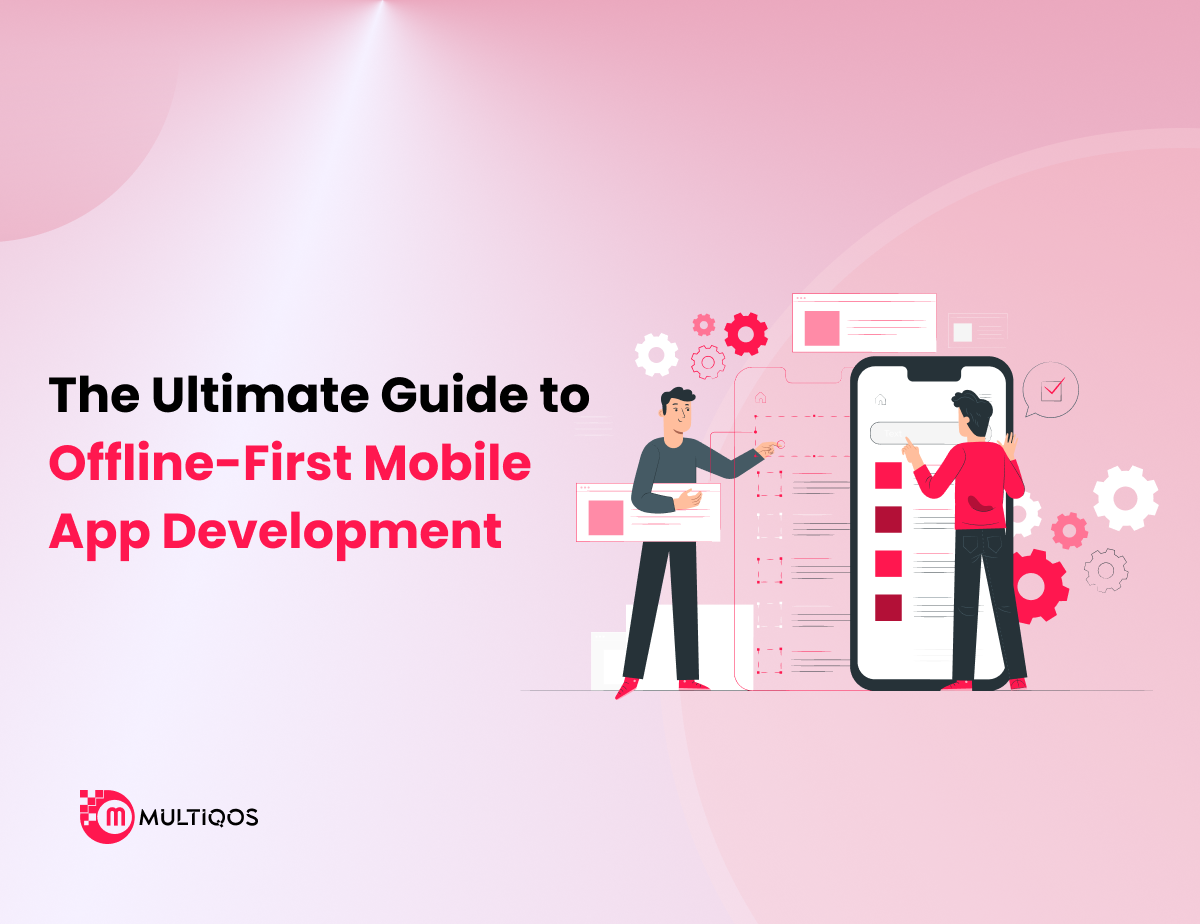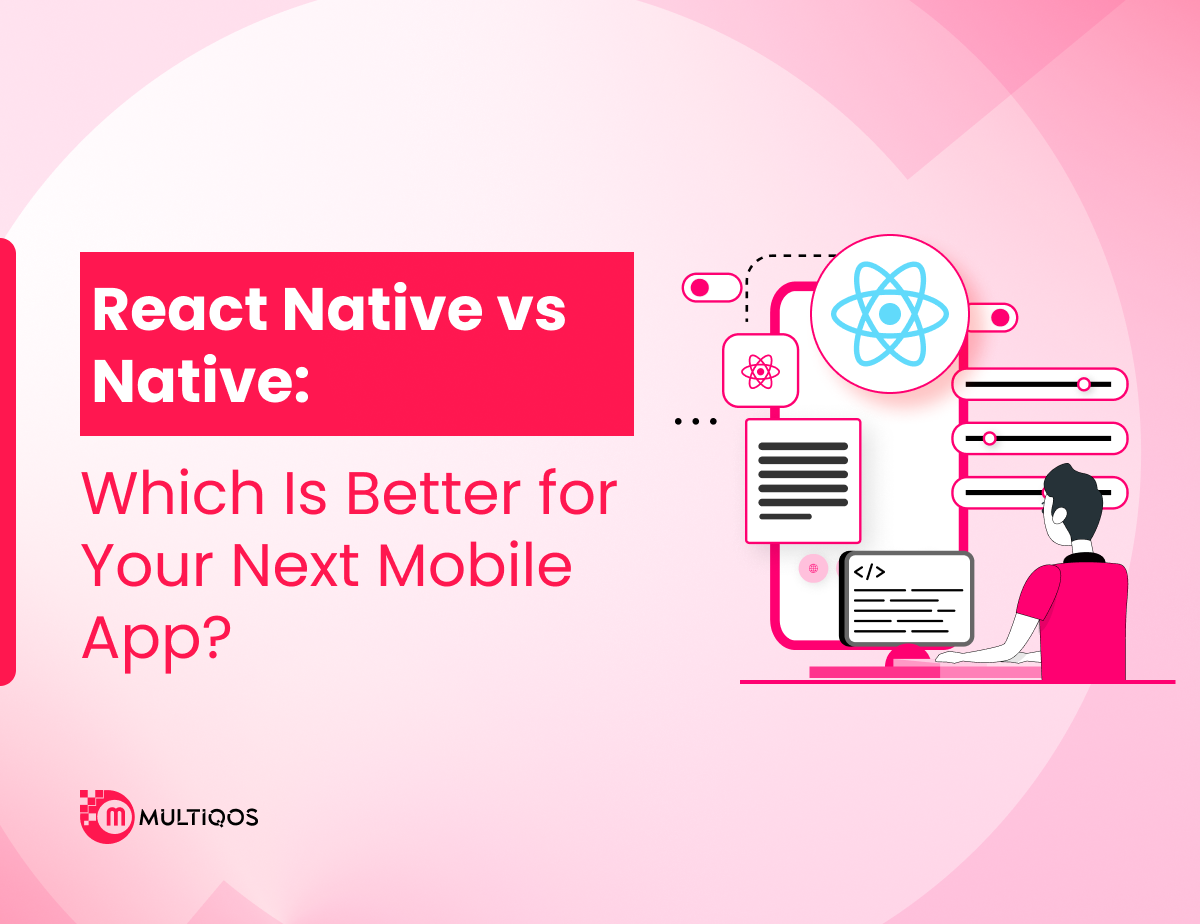App Business Models Explained: Which One Is Right for Your Startup?
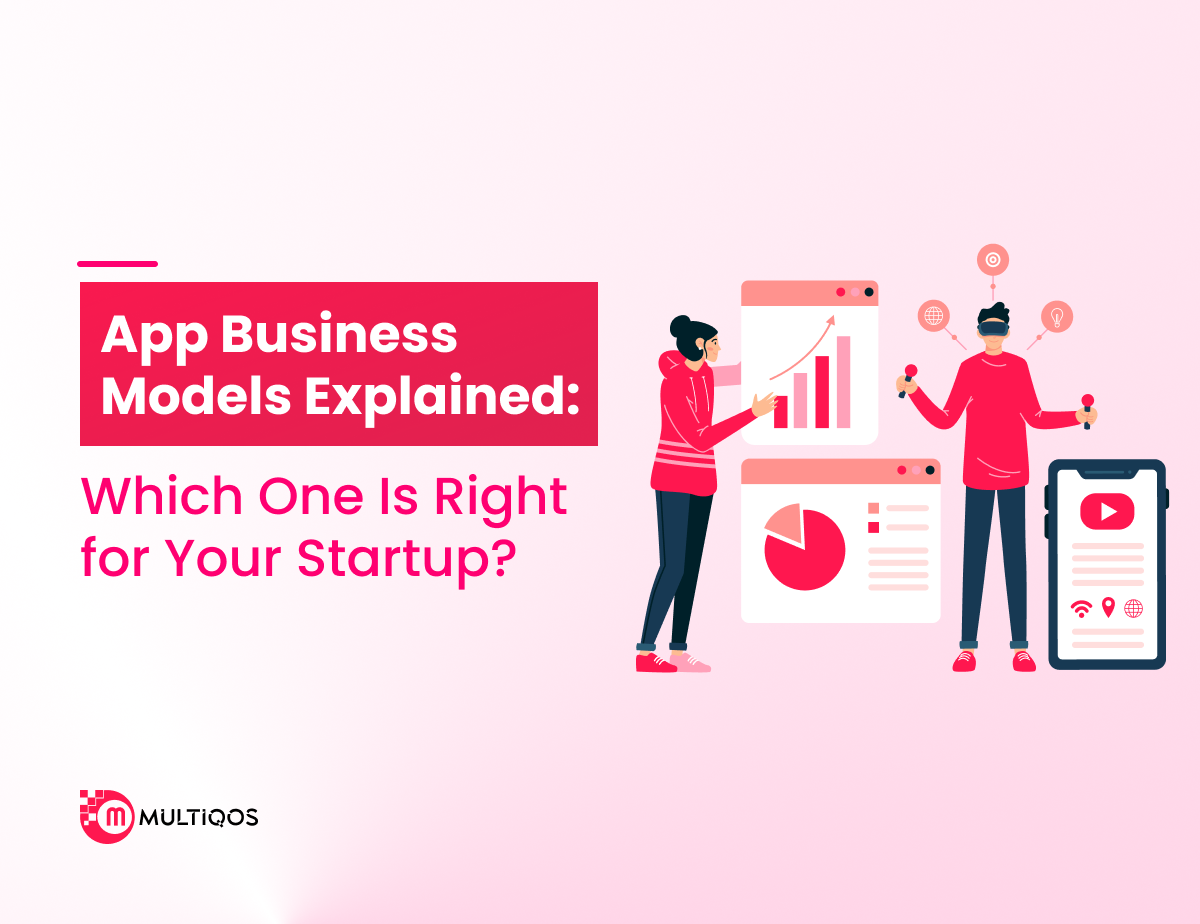
Summary:
Choosing the right app business model is crucial for startup success. This blog breaks down the most common models, freemium, subscription, in-app purchases, ads, and paid apps, highlighting their pros, cons, and ideal use cases. Whether you’re launching a gaming app, productivity tool, or niche service, the article helps you assess which model aligns best with your product, target audience, and revenue goals.
It also explores hybrid approaches and how user behavior, market trends, and scalability impact monetization strategy. Perfect for early-stage founders, this guide offers practical insights to help you make informed decisions and build a sustainable app business.
Introduction
When you launch a new app, one of the most important decisions you’ll face is choosing the right business model. It’s not just about creating a great product; this is about finding a permanent way to generate revenue when you provide value to your users.
With many modification strategies, from freemium and subscription models to in-app purchases, ads, and paid downloads, it is necessary to understand how each one works and is the best adaptation for the purpose, the audience, and the long-term vision of your app. In this blog, we will break down the most popular app business models to help you create an informed startup choice.
What is an App Business Model?
An app business model refers to a strategy that a mobile application uses to generate revenue or create value for its users. This app is an important component for developers, as it helps determine how an app will sustain financially. The general app business model includes freemium, subscription-based, advertising, and one-time purchase models. The model option largely depends on the app audience, functionality, and market demand.
For example, a social networking app can rely on advertising revenue, while a training app can use a membership model to offer premium features and content. Mobile app development services play an important role in bringing app business models to life. These services are offered by special companies or freelancers as designers, developers, and maintainers of mobile applications.
They make sure the app is adapted to the user experience, performance, and scalability, and aligns with the selected business model. Whether it is to create a user-friendly interface for the subscription-based app or implement strong shopping payment systems in the app, mobile app development services are an integral part of the successful launch and development of any app business.
Most Popular App Business Models You Need to Know
The market is flooded with millions of mobile apps, but just app development is not enough; you also need a specific plan to make it profitable. When it comes to making the idea of your app a profitable bet, it is important to choose the right app business model. Whether you are a startup or a business investing in business application development, understanding the best monetization strategies can make all the difference. Here are the four most popular models to consider:
1. Freemium Model
A freemium or free app business model is a widely used and most popular strategy of all, especially when it comes to mobile app development and SaaS. Using this app business model strategy, users can download the app for free, having access to limited features. To unlock premium content, advanced equipment, or additional functionality, users must pay.
This model is effective as it reduces the input barrier and gives users a chance to experience the app before they commit financially. Here is the key to success linked to users in the free version that offers sufficient value, while it still provides a compelling reason to upgrade.
Best For: Productivity applications, communication equipment, fitness and wellness apps, and cloud services.
2. Subscription Model
The subscription-based app business model has gained great popularity, especially between content-powered and service-oriented apps. Users pay a repetitive fee, usually monthly or annually in order to use content or features continuously.
This model provides an approximate and recurrent revenue, which is favorable for long-term planning and development. These customers run conditions and encourage developers to improve their apps to reduce churn rate and maintain subscription satisfaction.
Best For: Streaming apps, educational platforms, news sites, and health/fitness apps.
3. In-App Purchases
When it comes to the in-app purchase business model, users can buy digital or physical items directly from the app. These purchases may include virtual currency, new features, material packages, or even a one-time upgrade.
This model works well as it meets different user settings, so random users can use apps for free, while power users can increase the experience by buying added value. Games and e-commerce apps especially benefit from this model, as it allows them to drop users to monetize highly engaged users without the need to pay in advance.
Best For: Mobile games, e-commerce apps, digital content platforms.
4. Advertising
Advertising-based app business model depends on viewing ads to users in exchange for revenue. Developers make money through impressions (CPM), clicks (CPC), or conversions (CPA), depending on the ad network used.
This model is ideal for apps that have a large, active user base, but may not have strong monetization through other models. The key is to balance the user experience with ad placements so that the app is nice when you generate revenue.
Best For: Free entertainment app, news app, social media platforms, and high daily involvement equipment.
Factors to Consider When Choosing an App Business Model
It is necessary to coordinate with both user expectations and long-term objectives of the business when it comes to choosing a suitable app business model. Understanding the most important factors that affect income capacity and development will ensure that your app is established to succeed from the beginning. The important items are important to consider before ending the app’s business model:
1. Target Audience and User Behavior
Understand who your users are, their priorities, want to pay, and how they interact with apps. For example, young users may prefer free apps with alternative purchases, while professional subscription models can accept.
2. Value Proposition
Consider the main value your app provides. High-value apps, recurrent use (such as productivity tools) can fit a subscription model, while one-time use or innovation apps can do better as a payment download.
3. Market Competition
Analyze how competitors monetize like apps. If most competitors use freemium or ads, charging in advance can reduce the chances of success.
4. User Acquisition Strategy
A free model can help you attract users quickly, which can be important for scaling and networking effects. Paid apps can limit initial downloads, so marketing must be strong.
5. Monetization Channels Available
Think about whether your app can support the purchase in the app, advertising, subscription membership, or other revenue streams, such as associated marketing or data monetization.
6. Platform Guidelines and Revenue Share
We all know that Apple App Store and Google Play contain monetization rules. Due to this, it take a percentage of revenue. Make sure to understand how these guidelines affect the selected model.
7. Long-Term Revenue Goals
Determine whether you are aiming for rapid profitability (eg, download) or durable, long-lasting income (eg, subscription membership, free model with IAP).
Wrapping Up
Choosing the right app business model is an important step in setting up startups for long -term success. Whether you are considering a freemium model, member-based revenues, purchases or ads in the app, the key is to coordinate your choice with target group, product type and development goals. Each model has its own benefits and challenges, so market research and strategic plan require.
We should remember one thing, that a great app business model will not guarantee success alone; execution means so much. And when it comes to turning those imaginations into reality, you must hire mobile app developers who are well-versed in understanding the technical needs and ensuring they align with the business goals and objectives. Having the right team by your side with a well-structured income strategy, your startup will stand out and become well-positioned in today’s evolving arena.
FAQs
Subscription models often generate stable, repetitive revenues and are very profitable over time. However, profitability depends on the execution, user storage, and demand for the market.
There is no one-size-fits-all model; it entirely depends on your app, target group, and market goals. Regular models such as freemium, subscription-based, and in-app purchases work well for a variety of apps.
Start by understanding the needs of your users, how they like to pay, and what competitors do. Then test your idea through a minimum viable product (MVP) to validate the model before scaling.
Yes, many startups have their business models based on users, market trends, or revenue benefits. Just make sure all transitions are smooth to avoid losing user confidence.
Get In Touch


